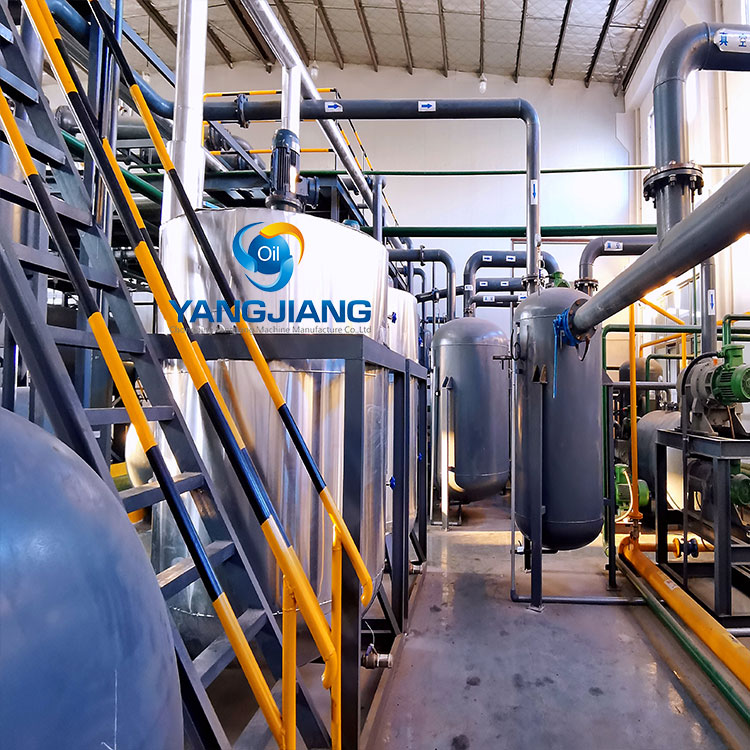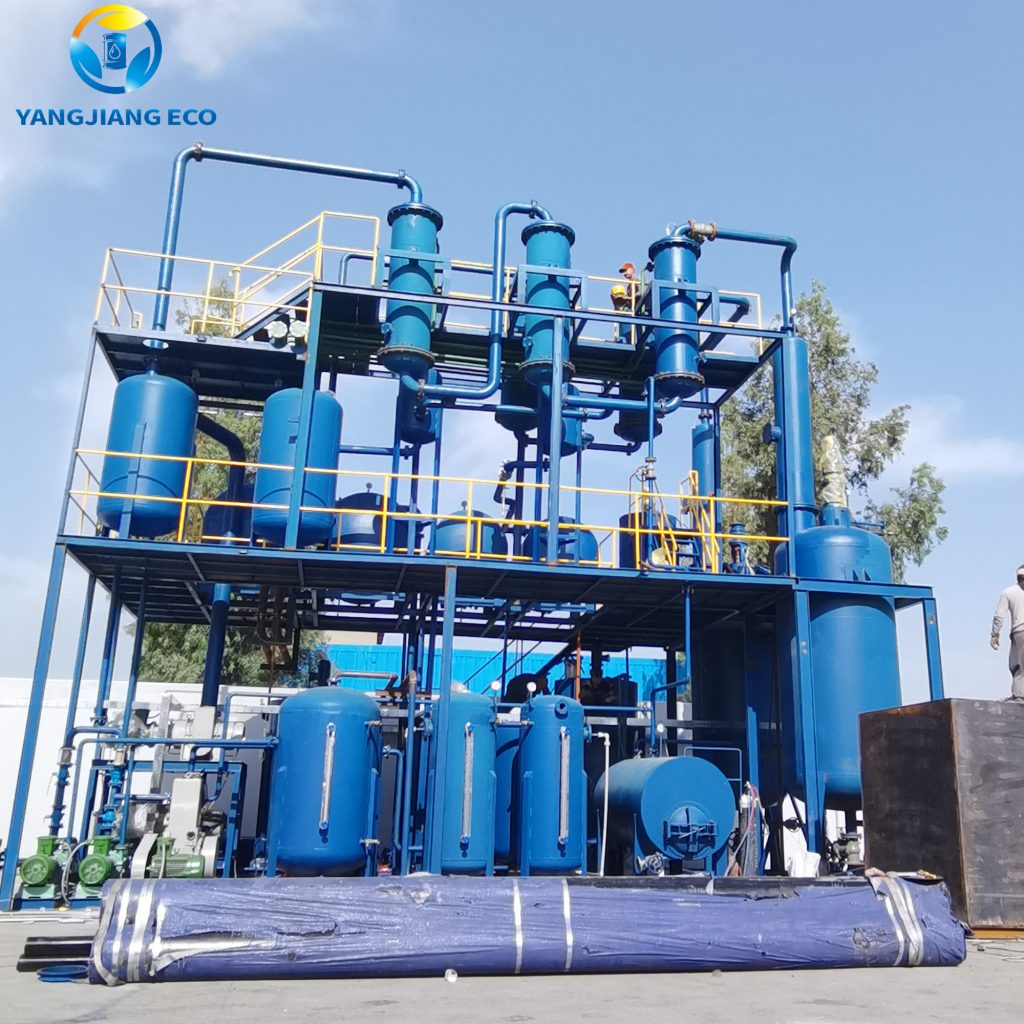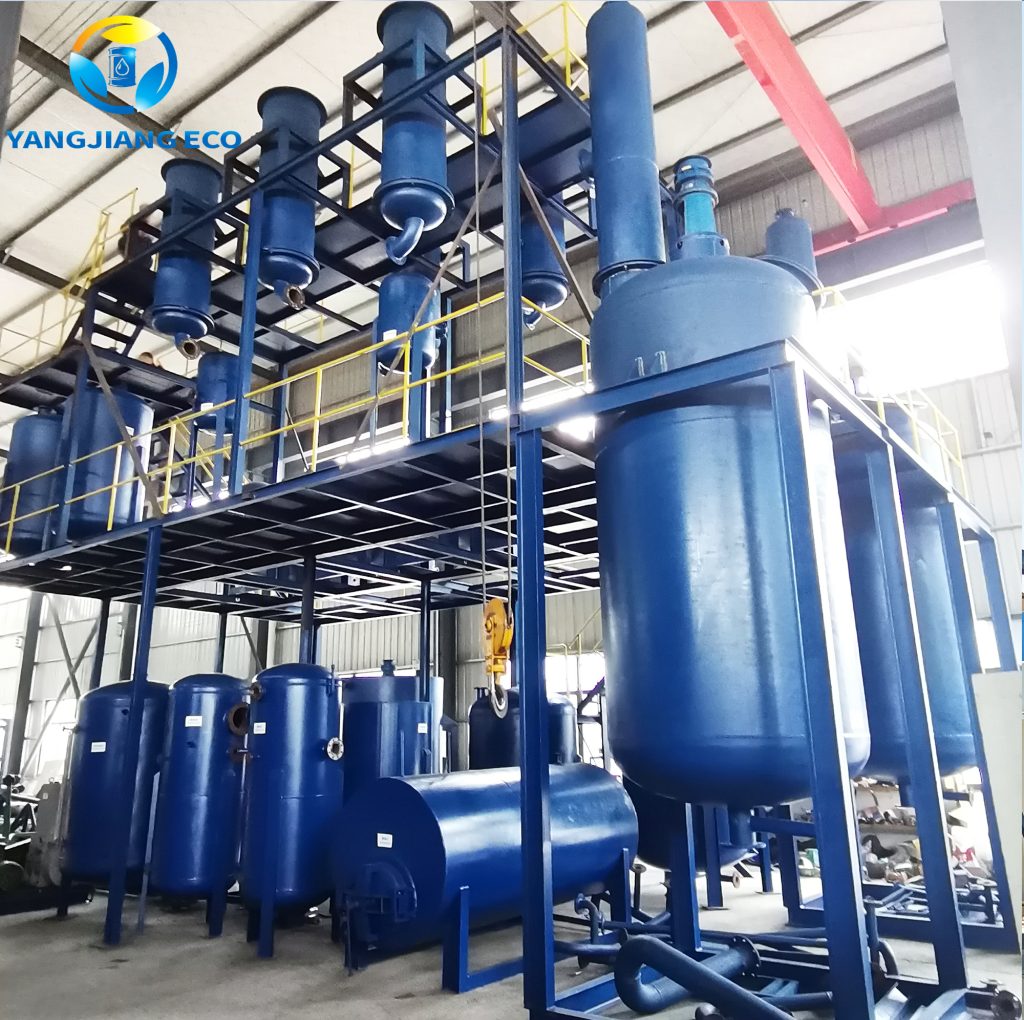Recycling waste engine oil to Group II base oil is both eco-friendly and economically beneficial. Poorly managed engine oil disposal can lead to severe pollution; with proper recycling techniques it can be transformed into high-grade base oil which reduces dependence on crude oil sources while simultaneously lessening environmental harm.
What are the Sources of Waste Engine Oil
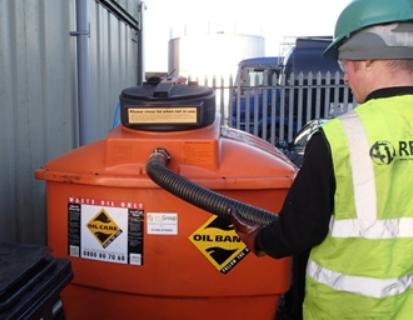
Waste engine oil comes from various industrial, automotive and mechanical applications that require lubrication – the main sources of which include:
- Automotive Engines: Automobiles, trucks, motorcycles and other vehicles produce used oil during routine maintenance and oil changes, which must be disposed of.
- Industrial Machinery: Factories, power plants and manufacturing facilities create waste oil from hydraulic systems, compressors and heavy-duty equipment in their facilities.
- Marine Engines: Ships and boats use marine engines to expel used lubricants from engines and gear systems, which then pass to their waste systems for proper disposal.
- Construction & Agricultural Equipment: Bulldozers, tractors and other heavy machinery require regular oil changes which results in waste oil accumulation.
- Power Generators:Backup generators and power stations consume vast quantities of lubricating oil which inevitably becomes waste.
Improper disposal of used engine oil can have severe environmental repercussions, including soil contamination, water pollution, and harm to ecosystems. Reusing this waste oil not only prevents such environmental harm but also transforms it into valuable Group II base oil that supports sustainable circular economy models. Proper collection and treatment practices must be established in order to maximize resource recovery.
What is Group II Base Oil
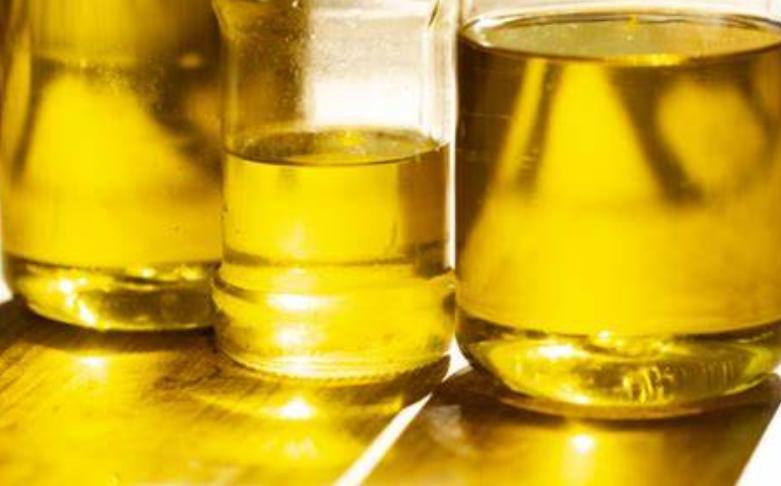
Group II base oils are highly refined mineral oils produced using advanced hydroprocessing techniques. Unlike Group I oils, which rely on solvent refining for refinement purposes, Group II oils undergo hydrotreatment using hydrogen gas to remove impurities such as sulfur, nitrogen and aromatic compounds resulting in cleaner and more reliable lubricants with superior performance characteristics.
Key characteristics of Group II base oil include:
- Very low sulfur content (below 0.03%).
- Viscosity Index (VI) of 80 to 120 ensures temperature stability.
- Improved oxidation resistance extends lubricant life.
- Increased saturation levels to minimize sludge formation.
Given these qualities, Group II base oils are widely utilized. For instance:
- High-performance synthetic blend engine oils (HPEOs).
- Industrial and hydraulic lubricants.
- Automatic transmission fluids (ATFs).
- Gear oils and compressor oils.
Recycling used engine oil into Group II base oil not only conserves resources, but it also supports sustainable manufacturing by decreasing crude oil usage while meeting industry-wide regulations.
Recycling Process of Waste Engine Oil to Group II Base Oil
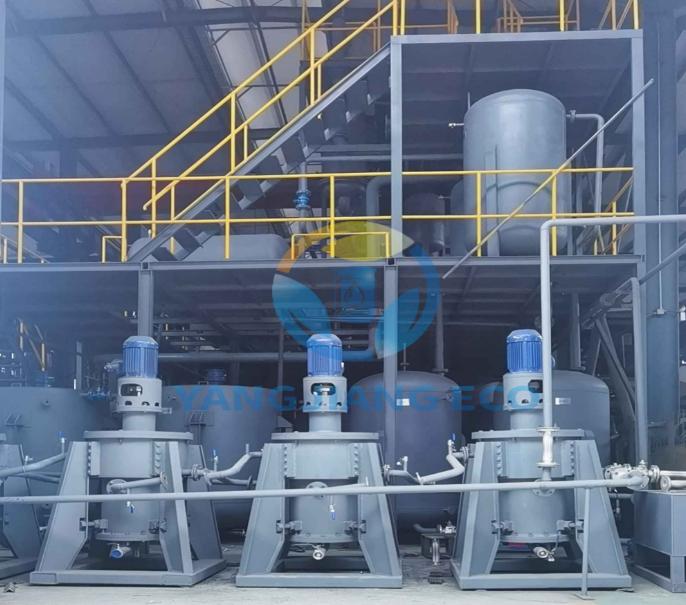
Refining waste engine oil to produce Group II base oil requires several advanced refining steps that remove impurities and improve quality lubricant production. Here is an outline of this process:
1. Collection and Pre-Treatment
The initial step in recycling waste engine oil involves collection and pre-treatment. Used oil from automotive workshops, industrial plants, and other sources is collected and pre-treated using various processes that remove solid contaminants such as dirt, metal shavings, and sludge using filters before water and light hydrocarbons are separated via settling tanks or centrifugation for further separation to ensure only usable fractions continue the recycling process.
2. Distillation (Fractionation)
Once pre-treated oil has been refined to a suitable state, it will enter a vacuum distillation unit where it is heated under reduced pressure to separate various hydrocarbon fractions based on their boiling points. Specifically, lighter components like fuel oils and solvents are separated off while heavier lubricant base stocks remain behind; this step is crucial in isolating those parts that can be further refined into high-grade base oils.
3. Hydrotreating (Hydroprocessing)
After distillation, the oil must then undergo hydrotreating as one of the key steps of Group II base oil production. Hydrotreating involves subjecting it to hydrogen gas under high pressure and temperature with an active catalyst present; this reaction removes sulfur, nitrogen, oxygen compounds, and other impurities, significantly improving purity and stability; in addition to this step saturating unstable molecules so as to enhance oxidation resistance and viscosity performance–essential qualities for Group II base oils.
4. Fractionation and Finishing
After hydrotreating, oil undergoes fractionation to adjust its viscosity. This involves separating it into various grades according to molecular weight; additional processes include dewaxing to improve low-temperature flow properties as well as adding additives such as antioxidants or detergents in order to meet industry standards for lubricants.
5. Quality Testing and Certification
This final stage ensures the recycled oil meets Group II base oil specifications, using laboratory tests that check viscosity index (VI), sulfur content, flash point and oxidation stability to certify it for use in premium lubricants. Only oils which pass stringent quality controls are approved as premium base oils to guarantee its performance as an equivalent or better replacement to virgin base oils.
By following a planned process, waste engine oil can be converted into an invaluable resource that minimizes environmental harm while supporting sustainable industrial practices.
Benefits of Waste Engine Oil Recycling Machine?

Investment in a waste oil recycling machine brings many advantages to both businesses and the environment. Here are three major ones:
1. Environmental Protection and Pollution Prevention
Waste engine oil can be a harmful pollutant that contaminates soil, groundwater, and ecosystems if disposed of incorrectly. Recycling machines safely process used oil while eliminating harmful contaminants while protecting the environment by recycling into Group II base oil for reuse, helping to prevent environmental damage prevention is prevented as much as possible.
Reduce toxic waste in landfills and water bodies. Lower carbon emissions by decreasing crude oil refining needs. Comply with environmental regulations in order to avoid fines or legal complications.
2. Cost Savings and Economic Benefits
Creating Group II base oil from recycled waste oil is much less costly than refining crude oil, providing businesses with many economic advantages from doing so. Businesses that recycle used oil may:
Reusing waste oil will cut costs by eliminating new base oil purchases altogether and create additional revenue by selling recycled base oil to lubricant manufacturers, while simultaneously decreasing disposal expenses (landfill fees and hazardous waste treatment costs).
3. High-Quality Lubricant Production
Modern recycling machines employ advanced hydrotreating and distillation processes to produce Group II base oil that meets industry standards for use as a lubricant base.
Better viscosity stability ensures consistent engine and machinery performance, with reduced sulfur content to reduce engine corrosion and emissions, enhanced oxidation resistance extending their lifespan, and lower viscosity stability to provide consistent viscosity stability over time.
Recycled base oil offers an effective alternative to virgin oil, supporting sustainable manufacturing while still meeting quality requirements.
Final Thought
Recycling waste engine oil into Group II base oil is an environmentally sustainable approach that reduces environmental pollution while improving resource efficiency. By employing advanced waste oil recycling machines, businesses can turn hazardous waste into useful lubricants while adhering to eco-friendly regulations.
Adopting this process helps industries contribute to a greener future while continuing high-performance lubricant production.
Recommended Products

